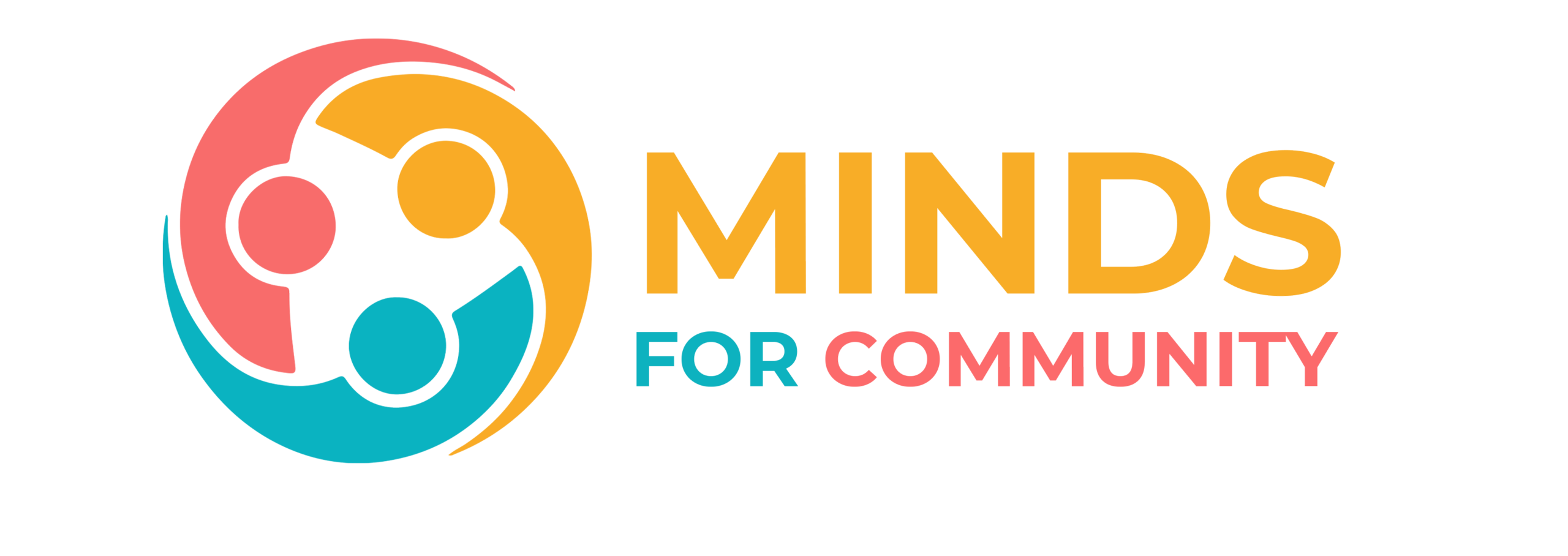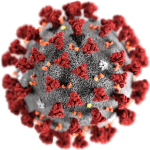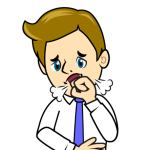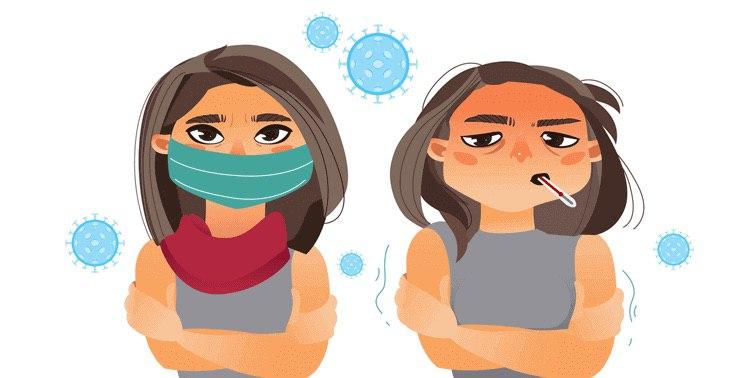COVID-19 spreads mainly from person to person through the following ways:
1. Respiratory Droplets
When an infected person coughs, sneezes, talks, or breathes, they release tiny droplets containing the virus.
These droplets can be inhaled by people nearby, especially in crowded or poorly ventilated areas.
2. Direct Contact
Shaking hands, hugging, or touching someone who has the virus can spread it.
If you touch your eyes, nose, or mouth after touching contaminated surfaces, you may become infected.
3. Airborne Transmission
In some cases, the virus can stay in the air in small particles (aerosols) for a longer time in closed spaces.
Breathing in these particles can lead to infection.
4. Surface Transmission (Less Common)
The virus can survive on surfaces for a few hours to days.
Touching these surfaces and then touching your face can lead to infection.
Symptoms of Coronavirus (COVID-19)
COVID-19 symptoms can appear 2 to 14 days after exposure. They vary from mild to severe.
Common Symptoms:
Fever or chills
Dry cough
Tiredness or fatigue
Sore throat
Loss of taste or smell
Headache
Muscle or body aches
Less Common Symptoms:
Diarrhea
Nausea or vomiting
Nasal congestion
Skin rashes
Red or irritated eyes
Severe Symptoms (Seek Medical Help Immediately):
Difficulty breathing or shortness of breath
Chest pain or pressure
Confusion or inability to stay awake
Bluish lips or face






